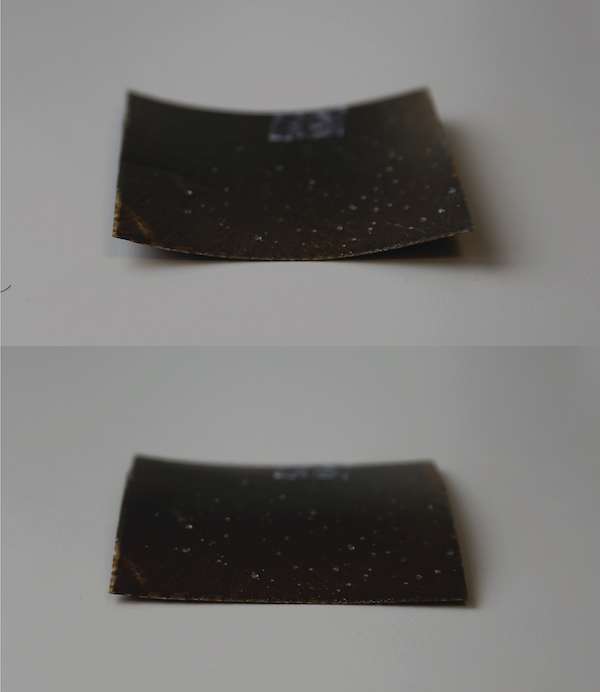Researchers at Purdue University in the United States created sensors, inspired by the spider’s hair, which they placed on the shell of a device. Objective: to react automatically to specific forces, such as the presence of an obstacle.
Researchers at Purdue University in the United States have designed sensors of a new kind, another concrete example of biomimicry. Inspired by the different senses of animals, such as birds, bats, and even spiders, this innovative approach to sensors should allow drones and autonomous vehicles to “navigate” more quickly in the real world.
Autonomous devices, such as drones and cars, use sophisticated sensors to collect ever more complex data on the world to understand it better and avoid obstacles. These data require enormous computing power to be processed. The researchers were therefore interested in how animals learn about the world with only the information essential for their survival, provided through the different mechanisms of nerve endings located in the feathers and hairs.

Passive sensors
Researchers have incorporated spider-haired mechano-receivers on the hull of a device, which reacts automatically to specific forces, indicating, for example, the presence of an object to avoid.
They are composed of composite materials that deform in the presence of an external force, to close an electrical circuit. They perform the work of conventional sensors, namely, collect data and filter them, but also treat them to get a simple activation response or not, all very quickly and without power.
” With the help of machine learning algorithms, we can train these sensors to operate autonomously with minimal power consumption, ” said Andres Arrieta, one of the researchers. Also, these sensors can be made in very different sizes. After the Batmobile, we could see the Spidermobile or the Spider drone